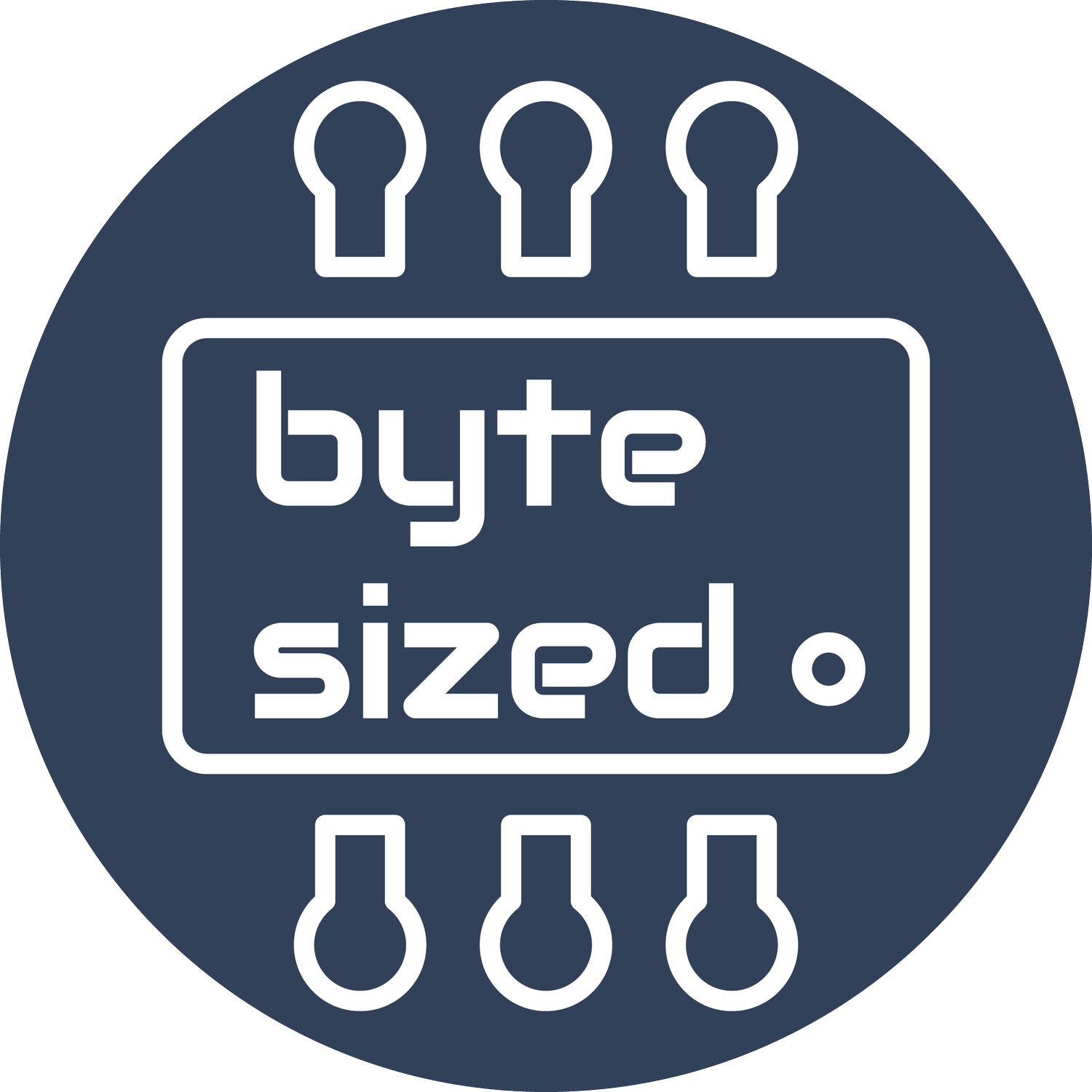Rebuilding The Covered Bridge Mailbox
In this project I rebuild my New England covered bridge mailbox after it was destroyed while I was away visiting family for Thanksgiving. This time around I improve the design and add a solar powered notification system that sends my phone a message every time the mail is delivered.
I started out designing the mailbox using Fusion 360. One of the things I changed about this design is that I included some cutouts on the front and back pieces to interlock with the side pieces sort of like box or finger joints would. This added lots of strength to those joints. I spent a ton of time tweaking the design and the CNC tool paths. I’m still learning how to use the manufacturing tab in Fusion 360 but this project helped with that.
Next I took the red cedar wood and cut my stock pieces to length. Next I secured the stock to the bed and milled out the pieces using the CNC machine. I used a 1/2” endmill to rough out the features and a 1/8” for a finishing pass. I used tabs to keep the pieces attached to the stock which meant I needed to remove them later on using a combination of a band saw, jig saw, chisel, and sandpaper. After the pieces were cleaned up it was time for assembly. I glued everything together and let it dry. Once everything was dry I applied some water seal to protect it from the elements.
At this point I wanted to start working on the electronic notification system. I used a Wemos D1 mini equipped with an ESP8266 WiFi microcontroller as the brains. This is the first time I’ve used a Wemos module and I have to say it was much easier than the old standard ESP8266 modules. It has a USB to serial chip built in with a USB connector and interfaces directly with the Arduino IDE. I will definitely be using these for future projects. I wanted to be able to send notifications to my phone when the mail was delivered so I started looking into SMS services like push bullet and If This Than That (IFTTT). None of them were clean solutions in my opinion. Then I remembered that my preferred messaging app Telegram, has a nice API that allows users to create “bots” that do automated tasks. I was very pleased to find the Universal Telegram Bot Library for Arduino. It had examples for the ESP8266 module that allowed you to send messages. I used the Telegram API to create a bot and I copied and pasted the credentials into my Arduino sketch before uploading. This was a very simple and clean solution and removed a huge unknown out of the equation. I’m really glad that smart people figured this stuff out and shared it with everyone! In addition to getting notified of when the mail is delivered, I wanted to know how much or if a package was delivered. So I found a load cell which is the same thing you’ll find in a bathroom scale. I connected the load cell to the microcontroller and was able to read the weight of items placed on top. Once I got a prototype working on a breadboard I designed a printed circuit board (PCB) using KiCAD. I wanted to experiment with milling the PCB using the CNC machine so I exported the gerber files and imported them into a program called FlatCAM. This program is designed to generate the toolpaths and gcode to mill PCBs. There was a learning curve to this process but once I figured it out I was able to get some decent PCBs from the CNC machine! Finally I needed this whole installation to be solar powered so I used a couple of 1W solar panels that I had and bought a lipo charge controller. I 3D printed an enclosure and secured all the components inside. The last step was to install everything inside the mailbox and mount it on the post by the street. After some adjustments I got everything working! This was a fun project with lots of opportunities to fail and learn. I tried many things for the first time which is always frustrating and rewarding at the same time. Let me know if you have any questions or if I can explain something a little better.
